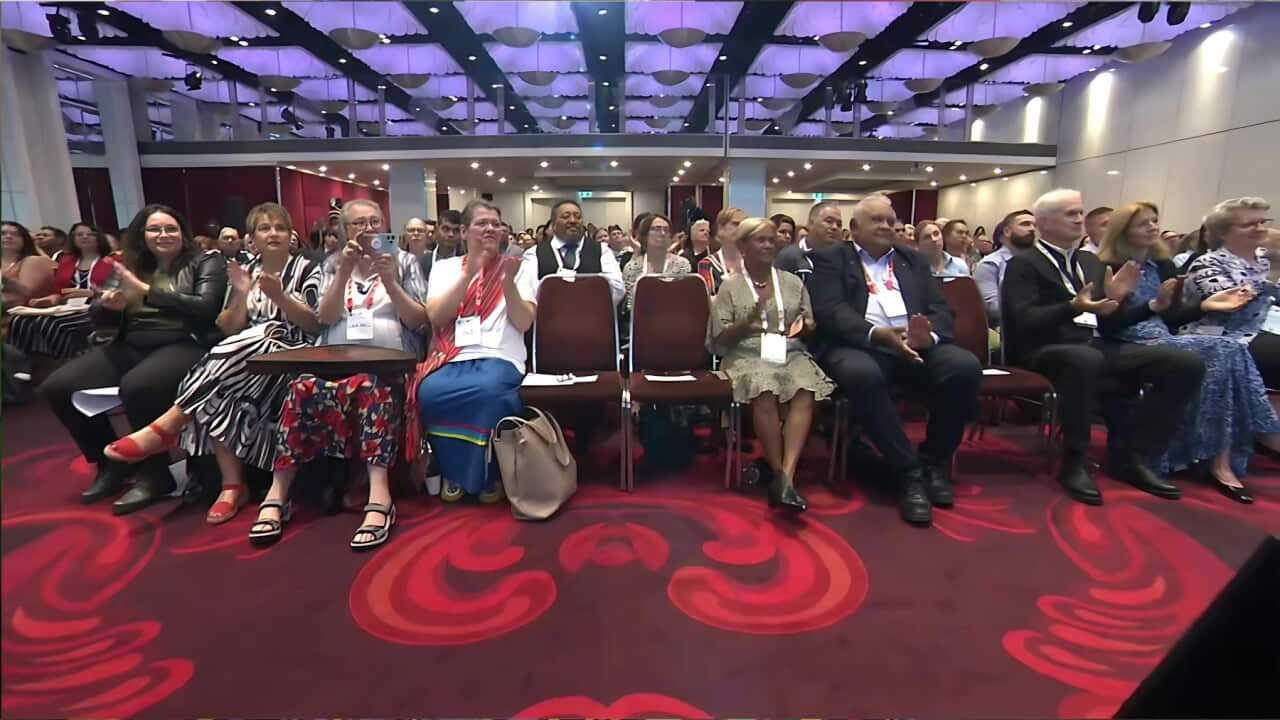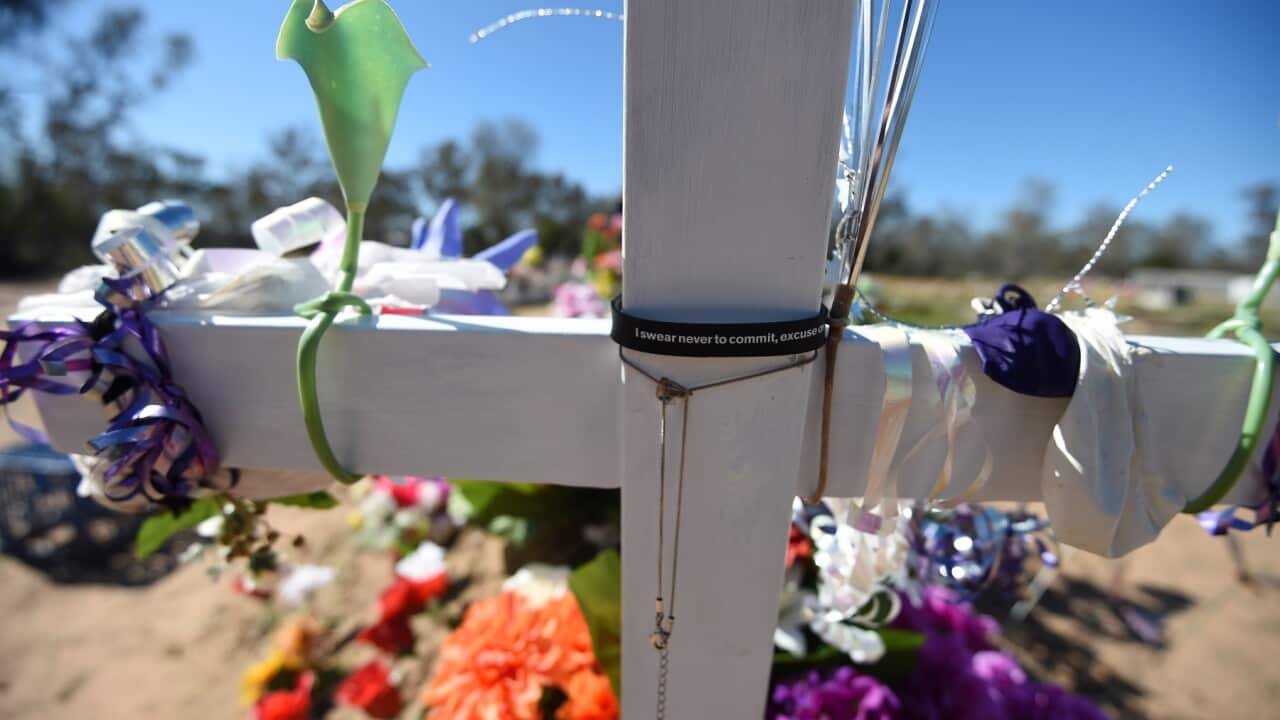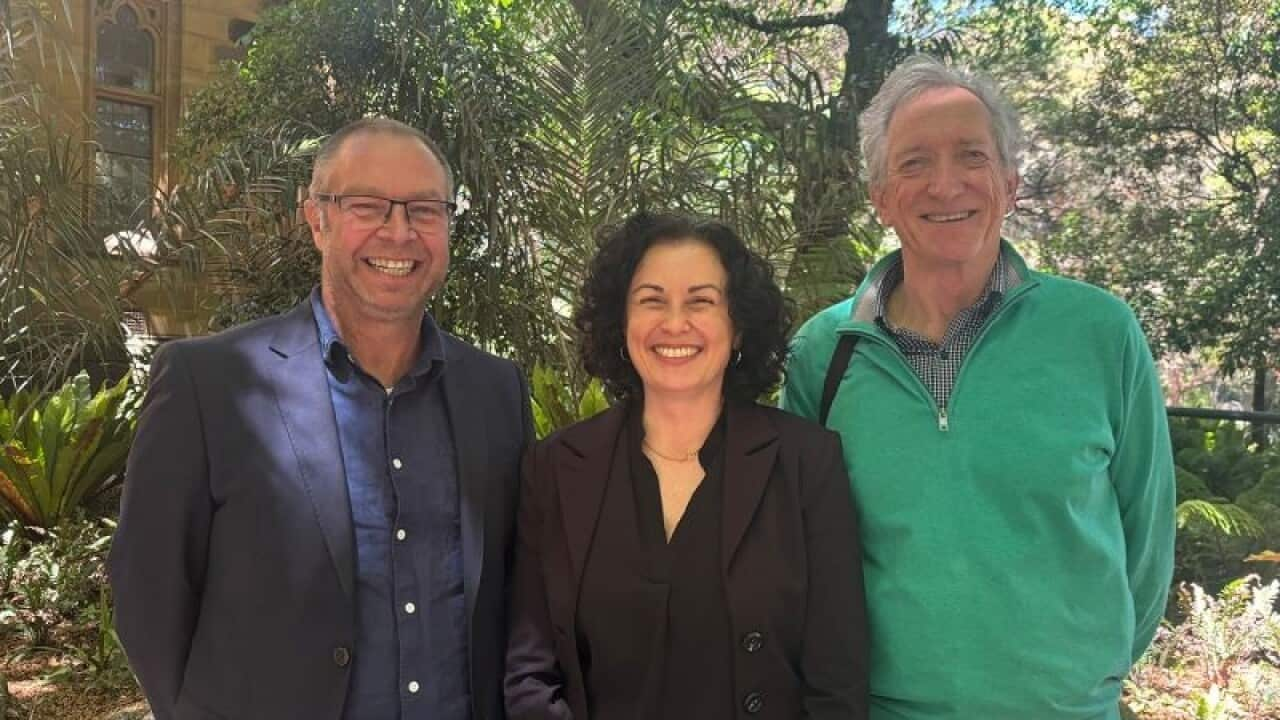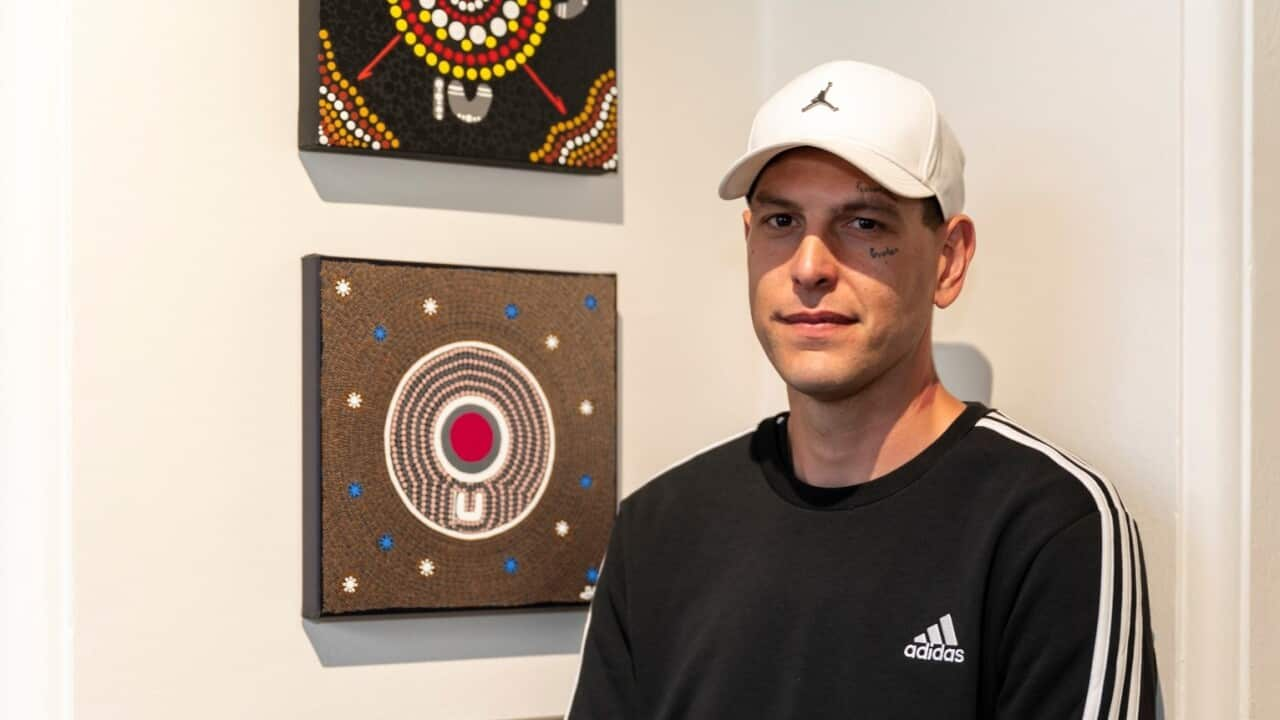TRANSCRIPT
Opening with song and dance... the beginning of this year‘s World Indigenous Cancer Conference is being marked by a respect and appreciation of culture.
First Nations health experts and cancer researchers from around the world have gathered in Naarm, Melbourne, to collaborate and shine a light on one of the leading causes of death for Indigenous Australians.
This year the conference is placing particular focus on lung and cervical cancer, the former of which remains the biggest killer of Aboriginal and Torres Strait Islanders peoples.
Yaruwu woman and Associate Professor Kalinda Griffiths is the National Convener of the conference, and explains one of the reasons lung cancer is more prevalent in Indigenous Australians.
“If we are going to get lung cancer, it's probably going to affect us about 20 years down the track because we have a reduced, I guess, intake. Also, people aren't having the reduction around smoking uptake over time. What we're seeing is an ongoing and increasing lung cancer rate. Basically, it's a 20 year lag time. We've got Aboriginal people who have taken up smoking at a later date, and they're not putting it down as quickly as non-Indigenous people, that's basically the premise of this.”
Data from the Australian Institute of Health shows that even as numbers are declining, Indigenous people are still nearly three times as likely to pick up smoking.
Kamilaroi woman and Professor of Indigenous Health Research at the University of Queensland, Gail Garvey says Australia's health system is not designed to benefit Indigenous people.
“We don’t have Indigenous people working in cancer care and supporting our Indigenous populations. We’re also dealing with health systems and cancer care services that are outright racist and they don't support our Indigenous populations with language, they don't communicate in a way that Indigenous populations can understand what their diagnosis is, what treatment is available.”
Also in the spotlight is cervical cancer, while decreasing in prevalence for non-Indigenous populations due to the H-P-V vaccine, the cancer is still an issue for Indigenous populations both in Australia and around the world.
Professor Garvey says a key reason for this is the lack of appropriate cancer prevention and awareness strategies for Indigenous peoples.
“The World Health Organization has a strategy to eliminate cervical cancer, around the world, if we're going to do that, we have to ensure that we include indigenous populations. Australia is saying they're going to be one of the first countries in the world, to eliminate cervical cancer. Well that may be the case for non Indigenous Australians, but if we're going to do that for Indigenous Australians, we need to put the focus, we need to put the people we need to put the voices of Indigenous people at the centre of these discussions, if we're going to make a difference.”
CEO of the Victorian Comprehensive Cancer Centre Alliance, Professor Grant McArthur says the conference will also look into the prevalence of liver cancer.
“At the Victorian Comprehensive Cancer Centre Alliance, we have recognized that liver cancer is a cancer with the greatest gap between Indigenous and non Indigenous Australians, and we see the same thing in North America. So we have a program to take the very latest in discovery of the science of liver cancer, with a strong focus on what we can do to turn that around, given that huge gap for First Nations people in Australia and across the world.”
Professor Garvey says the conference is an opportunity to learn and collaborate with Indigenous researchers worldwide.
“To come and share what they're doing in their country, so we can learn from that and we can share what's working and what's not working, and we can come together as Indigenous peoples, with a focus on trying to improve outcomes for Indigenous populations. We can do this together and so it's a strong collaboration of people from Canada, the United States, Aotearoa New Zealand, and the many other Indigenous nations around the world.”
Cultural safety is another key priority for the conference, with yarning circles and spaces to hear and share stories for both Elders and young people, fostering inter-generational discussions about health and community.
Professor Griffiths says it's key to understand what so many Indigenous populations have in common and the clear impact it has on health.
“We’ve been colonised. At the end of the day colonisation is bad for our health, and there’s a lack of trust in what governments and in what non-Indigenous people are saying. So we really do need to drive some of those discussions from the leadership within the cancer sector but also from the health prevention sector as well.”













